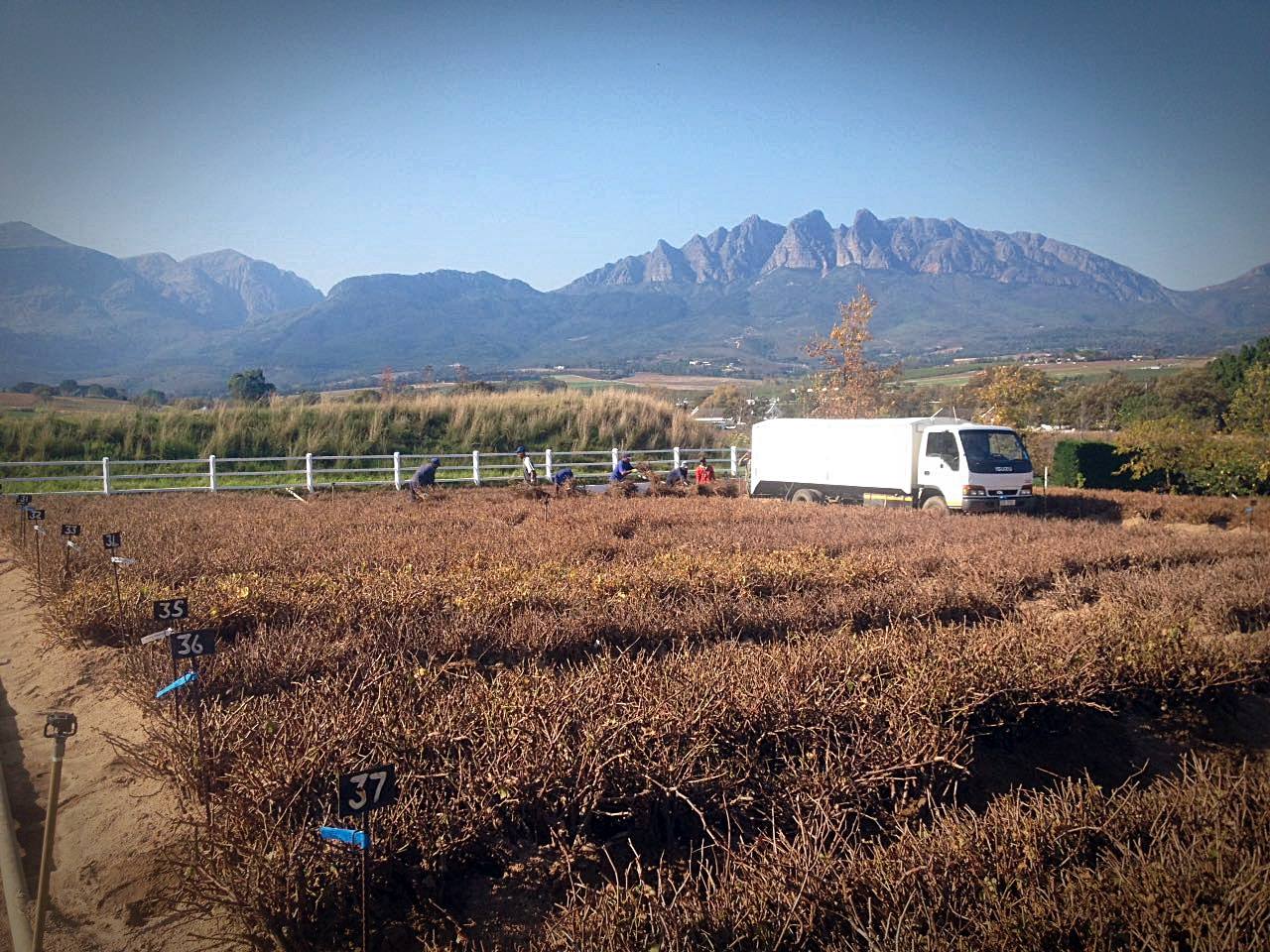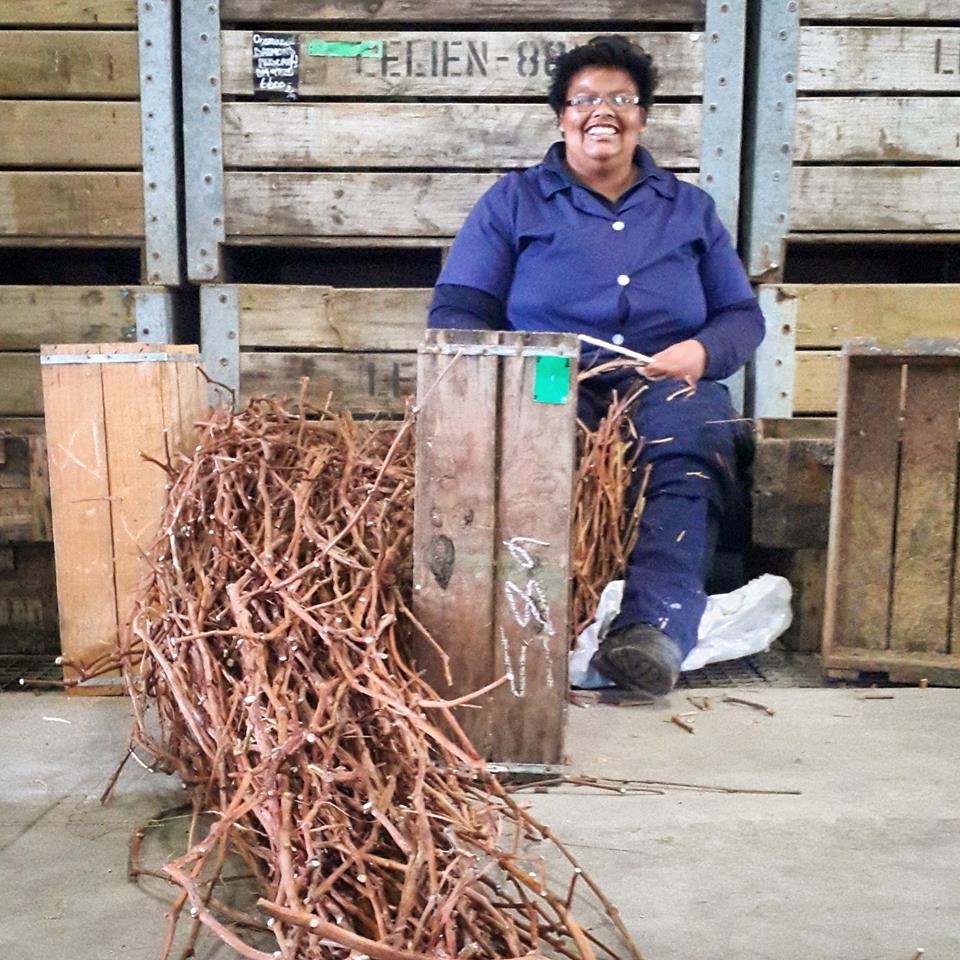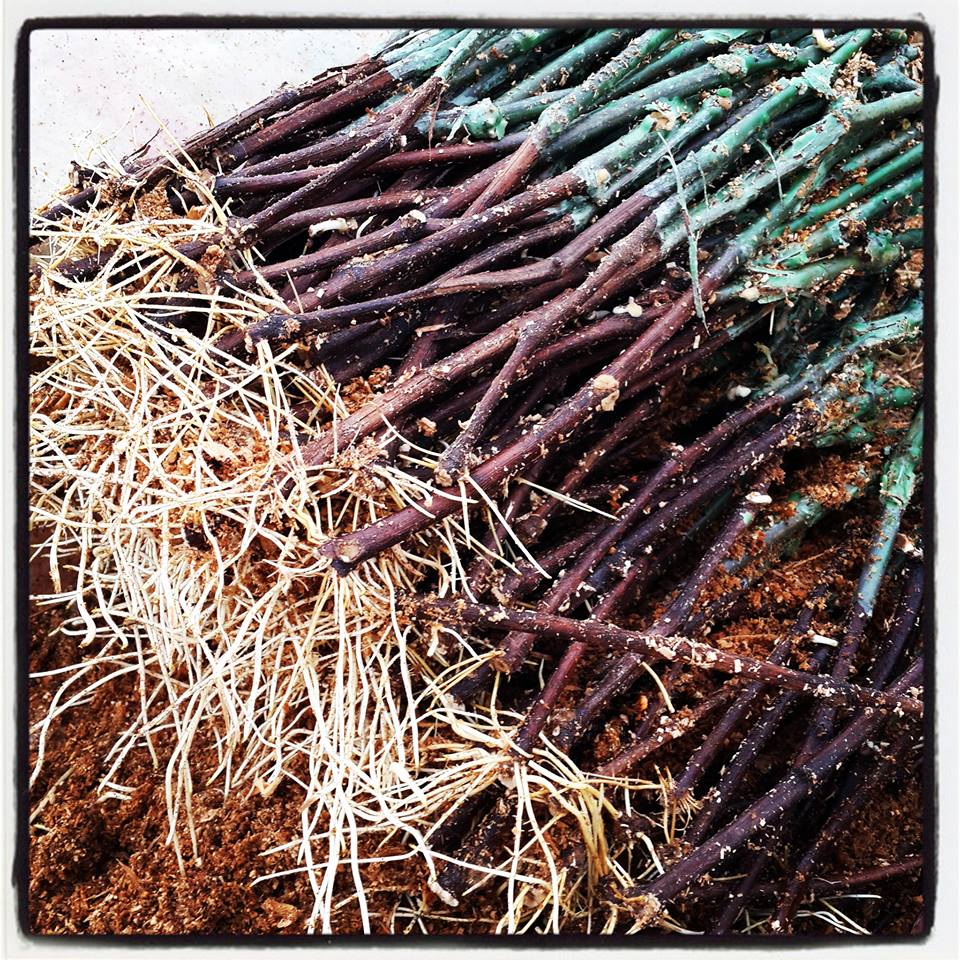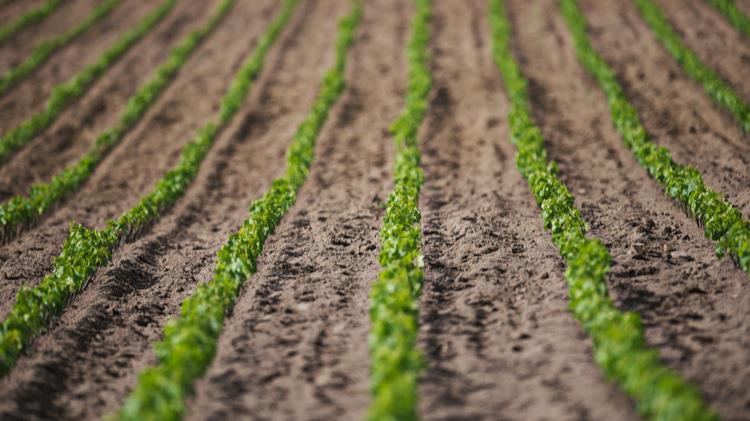Putting down roots
I drank at every vine.
The last was like the first.
I came upon no wine.
So wonderful as thirst.
– from Feast, by Edna St. Vincent Millay
The month of May is the start of the new cycle of the vine – in nursery circles, anyhow. At Lelienfontein Vine Growers this is the period when they start harvesting the rootstocks for the next generation of South African vines. The largest of its kind in Africa and part of Bosman Family Vineyards, you’ll find this vine nursery on the slopes of the Groenberg in Wellington, fed by water from the Kromme River.

Figure 1: The first vines to be planted in 2016 by our growers are currently being loaded.
In May the previous year’s grafted vines are uprooted out of the open field nursery and will be ready to be sold in June. May is also the start of the season for preparing the grafted vines that will be sold the following year. In July they collect our bud wood or scion material that they will graft on to the rootstock in August, and then plant in the open field nursery in the spring.
The Bosmans have been grafting and growing vines since 1888. These were initially for use on their wine estate when Phylloxera almost devastated the wine industry and they had to come up with a plan. Back in the day there would be vine auctions and almost every farm had their own vines to sell. But for reasons of traceability, as well as for the production of healthy vines, production needed to be localised. That’s where the Bosmans came in.

Figure 2: Rootstock being harvested and prepared for grafting
The grafting process happens in July: “Then you can start building the puzzles,” says viticulturist Johan Viljoen. Fittingly, nine months later, the vines are planted.
“The sheer amount of grafting combinations is mind-boggling,” he continues. At the moment there are around 350 different combinations with over 47 different varieties. What’s really mind-boggling to me is that they can track ‘the family tree’ of every single vine grown in the nursery.”

Figure 3: Vines ready to be planted
More than 80 per cent of the country’s vineyards are planted from vines that are grafted in Wellington “thanks to the clean mountain water and well-drained granite soils, as well as soils that heat up early in spring”, says Johan. “Every single ‘stokkie’ is handled at least 50 times before being given to the buyer.”

Figure 4: New vines growing in the Wellington sun
(The Bosmans also have a cooler climate vine garden in the Upper Hemel-en-Aarde, which is almost two decades old and currently features over 50 different varieties.)
At the moment Johan says there’s a big focus on producing varieties that suit the South African climate. To find these varieties, Johan has been visiting vine gene pools in Europe. These are very secretive places where the original plant material is kept and quarantined behind glass.
“We’re propagating some exciting wine grape cultivars with a strong focus on heat and drought tolerance, such as Agiorgitiko, Macabe, Nero d’ Avola, Temperanillo, Marsanne and much more,” shares Johan.
Interestingly, Johan tells me South Africa has very large and extensive gene pools. “We are one of the oldest New World countries,” he says. “Other New World countries are much more dependent on places like France than we are.”
Or so we heard it on the grapevine, anyhow.
– Malu Lambert
Some interesting facts from Lelienfontein Vine Growers
https://youtu.be/YY_fUKK-T9M
(Images: Lelienfontein Vine Growers)